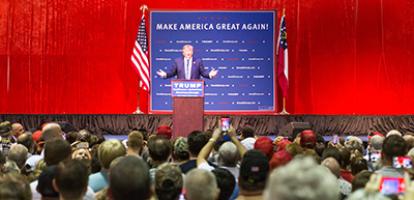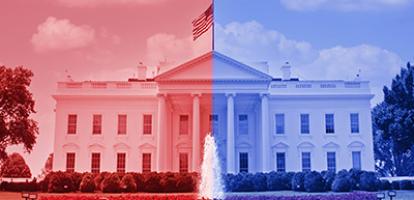From: Jon Johnson
To: Canadians Concerned about NAFTA
Date: July 9, 2018
Re: Section 232 Tariffs and the Automotive Threat (Part One)
The US Commerce Department is aiming to have its investigation under Section 232 of the Trade Expansion Act of 1962 respecting the effect of imports of autos and auto parts on US national security wrapped up before the November mid-term elections. President Donald Trump is apparently not interested in finalizing the NAFTA renegotiation until after the mid-terms, by which time the Section 232 investigation will be completed. If the investigation determines that imports of autos and auto parts adversely affect national security, he will be authorized to impose tariffs on imports of these goods from all sources, including Canada and Mexico.
This memorandum will examine the effect on the NAFTA renegotiation if the US imposes these tariffs. However, there are several factors that may impede the imposition of such tariffs, which we will discuss tomorrow.
National security aside, the Trump administration has stated that the objective of the Section 232 tariffs is to force US trading partners to lower or eliminate barriers to exports of US goods. At the G7 conference in Charlevoix last month, President Trump stated that what the US really wants is the elimination of all trade barriers (tariffs, quotas, subsidies, etc.) by US trading partners and reciprocal trade among all. Possibly the Trump administration would agree to eliminate 20-percent tariffs against cars imported from the EU if the EU reduced its rate on cars imported from the US from the current 10 percent to reciprocate the US rate of 2.5 percent.
However, the elimination of trade barriers is clearly not the objective of the Trump Administration regarding the trade in automotive products between the US and each of Canada and Mexico because NAFTA has already eliminated all those trade barriers among the three nations.
Judging from President Trump’s rhetoric and the demands made by US negotiators to date, what the Trump Administration really wants is a managed trade regime under which a greater portion of the production of automotive products in North America will occur in the US than is currently the case.
The initial US demand was that at least half the content of NAFTA qualifying autos be of US origin. This demand was dropped but replaced with a demand that at least 40 percent of the content of qualifying autos be produced in factories paying wages that are far above Mexican wage levels.
If President Trump secures the authorization under Section 232 to impose 20-percent tariffs on automotive products from Canada and Mexico (as opposed to the current US tariffs on cars of 2.5 percent and free or 2.5 percent on most parts), the negotiating dynamic will change considerably. The US may demand some sort of trade balancing regime (historically strongly resisted by US trade negotiators), with imports from Canada and Mexico that cause the trade balance to move negatively against the US being subject to 20 percent Section 232 tariffs.
In these circumstances, Canada and Mexico will have to make the best deal they can to protect their domestic automotive industries. Canada and Mexico will also have to take full advantage of trading arrangements that they have negotiated with other trading partners (including each other) and endeavour to expand the scope of those arrangements.
More tomorrow.
Jon Johnson is a former advisor to the Canadian government during NAFTA negotiations and is a Senior Fellow at the C.D. Howe Institute.
To send a comment or leave feedback, email us at blog@cdhowe.org.
The views expressed here are those of the author. The C.D. Howe Institute does not take corporate positions on policy matters.





